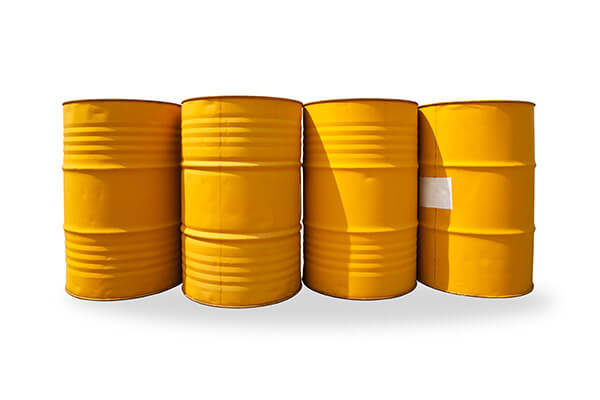A sales push by Saudi Arabia into north Europe’s refineries, a step into rival Russia’s backyard, piles fresh pressure on oil prices already struggling against oversupply.
Stung by Russia’s success in supplanting it in the giant Chinese market, Riyadh has embarked on a charm offensive in Europe, cutting its prices for December by more than it has in any other region to their lowest since 2009 during the financial crisis.
Saudi Arabian barrels rarely venture north of the Mediterranean, into the home turf for Russian, African and North Sea crudes. As a result, the kingdom’s success in luring away buyers of rival Russian Urals crude in Poland and Sweden is having an outsized knock-on impact on the market for a wide range of other crudes in the region.
Refiners averted a price drop from a similar build up of surplus oil in spring, snapping up cheaper crude to feed a surge in gasoline demand.
But this time there is a glut of refined fuel too. The crude
surplus is matched by an overhang in oil products which means refineries will not be able to come to the rescue by absorbing the extra.
“The first half of next year looks like a distinctly dangerous period for oil bulls,” brokers PVM Chief Executive David Hufton said in a note.
“It could be the period when tank tops are reached, leading to a price meltdown.”
Homeless barrels are again collecting in the Atlantic market, this time dragging crudes of all kind into a price war that is making $50 a barrel an increasingly impenetrable barrier for benchmark Brent futures.
“There isn’t any denying that the fundamentals are pretty bearish,” said Citi analyst Chris Main. “You’ve got an overhang of cargoes, and it will weigh on the benchmark.”
Saudi Arabia’s fresh European sales have displaced only a small amount of Urals, a heavy grade that has not faced much threat from the year’s excess that has centred on lighter U.S. shale oil. But they suggest a new front in the battle for market share between the two giant producers.
Saudi oil minister Ali al-Naimi on Sunday said demand for oil worldwide would soon reflect the attractiveness of current prices, noting Asia as key to the growth.
URALS HEADS EAST
Russia’s post-Soviet high of 10.78 million barrels per day (bpd) of oil production helped triple the discount of Urals versus dated Brent in just three months to reach 17-month lows.
And as Iran prepares to ramp up sales when and if Western sanctions are lifted next year, the overhang is only likely to aggravate further. BFO-URL-NWE
Discounted Urals cargoes are now muscling out British Forties crude, the largest of the four North Sea streams that make up the dated Brent benchmark.
At least three of the seven supertanker (VLCC) fixtures booked from the North Sea to Asia in November are loading Russian, rather than the North Sea crudes that typically sail.
“What is amazing is to see Forties is still pretty weak despite all the barrels that are going to the Far East,” Petromatrix analyst Olivier Jakob said. “If we did not have those VLCCs going to Asia, it would be a bloodbath.”
Forties price differentials are close to their lowest in five months, having traded at a discount to the dated Brent benchmark more often in 2015 than at any time in the last 20 years, and differentials for a string of crude oil grades now stand at multi-month lows.
Azeri crude price differentials have also more than halved over the past month to an annual low, while premiums for Nigeria’s Qua Iboe have also lost half their value.
A physical excess of more than 60 million barrels of Nigerian oil, and North Sea output at two-year highs, along with nearly full diesel, gasoil and jet fuel tanks in Europe that have already pushed cargoes into floating storage, will only add to the pressure.

Copyright: Reuters









